Let’s ask the best design minds currently working in the most important sector … health.

August 27th, 2017
Recently in Sydney I attended a function celebrating some new extended facilities for one of the city’s cancer research centres. And while this might sound like a rather dry or dull affair, the demography of attendees surprised me. Medical experts, health policy makers, media personnel and some of the centre’s patients were all in attendance, demonstrating a rather broad sweep of integral stakeholders to the provision of health in this country. One group, however, was surprisingly absent: the design world.
And, perhaps this was for the best. You see, one of the key speakers marked the culmination of her address with the following (surprising/damning) philippic:
Shocking … right? I really should have said something. But ire and confidence failed me at the time, and I – the only person in the audience representing the A+D world, if only by dedicated media – sunk deep into my chair, bit my tongue and tried to conceal the throbbing vein popping out of my temple. Upon immediate reflection, she had a point. This was a medical environment charged with the responsibility of seeking ways to prevent and combat the most virulent diseases affecting us today. After all, 7.6million people die from cancer each year (globally), of which more than 4million are those considered to die from its causes prematurely (between the ages of 30 and 69). Yes the statistics are staggering, and the weight of responsibility for devising treatment methods for such a widely devastating disease are inordinate. Without question, those medical practitioners deserve every accolade for their dedication, bravery and innovation in the face of such inauspicious data. And certainly in light of this unfavourable pathogenicity, design plays an enormous role (one potentially too crucial not to be in the hands of the most-vaunted cancer experts).
But it didn’t take too long at all for my mind to flip entirely in the opposing direction. I began thinking about the increasing clout that ‘design thinking’ and, in particular, ‘evidence-based design’ currently enjoys. Among A+D professionals, neither are particularly new nor novel; we’ve been extolling their virtues for generations. But for non-designers, both design-thinking and evidence-based design practices are being seen to harbour the potential to make significant positive impact. After all, with their combined belief in empiricism and experimentation, creativity and analysis, they coalesce into a pedagogical model that values the impact of strategy, process, fixed principles, changing variables, defining trends, post-occupancy analyses, end-user experience – a surefire toolkit to build and guide the course of our collective future.
Insofar as this might be the case, there is little, it would seem, to differentiate the practices of contemporary design and contemporary epidemiology. And I mean this quite earnestly. In recent years the A+D world has consistently proven the wholesale salubrious effects of intelligent design in our homes, our places of work, and environments in which we commune. Within the ambit of healthcare, in the words of one significant study, “[t]he state of knowledge of evidence-based healthcare design has grown rapidly in recent years. The evidence indicates that well-designed physical settings play an important role in making hospitals safer and more healing or patients and better places for staff to work.”
Perhaps, then, the aforementioned feather-ruffling speaker would have done well to amend her critique of our profession: “The design scheme behind these new facilities was highly important – too important, in my opinion, to be left JUST to designers”. Undoubtedly, we’d all agree. If for nothing else, the A+D community understands that our best work starts with culture, need, context and collaboration as the bedrock for creating new environments, new material cultures and new methods of thinking and being. Such is a sentiment that was expressed repeatedly across the country alongside Zenith’s launch of purpose-driven designs for the health and aged-care sectors: Zenith CARE.
Representing a veritable smorgasbord of designers, studios and examples of evidence-based design, the fanfare surrounding Zenith CARE’s launch was to be expected. Embodying a shift in approach for A+D in the health and aged-care sectors, the collection moves away from a standards-and-statistics-based approach and towards a deeper understanding of the social, economic, medical and personal implications that design has for end-patients and end-practitioners alike.
The launch was paired with a series of seminars – held all throughout the country – aimed at highlighting the importance of healthcare and design across Asia Pacific today. The seminars examined the relationship between evidence-based design and evidence based medical thinking, along with the changing nature of ‘best practice’ for the A+D community involved in the healthcare sector, and the role that A+D can play in responding to the needs of all stakeholders. Perhaps most importantly, the seminars also sought to tackle how the A+D community can leverage its creative input in order to alleviate the strains that affect and that are expected to affect the provision of health in our region.
Over a series of mornings across the country, health and aged-care professionals in A+D and beyond discussed their future visions for the two sectors and the role A+D will play. At the end of the day, that role (or at least our understanding of that role) has expanded considerably. Rather than the invisible, sterile backdrop A+D has played in health and aged-care in the past, there is new recognition of its creative potential to assist in the healing process and reduce stress for all occupants. A+D not only has a role in the future of healthcare, but a significant one, capable of easing the growing pains of an expanding sector.
With a stellar line-up of European, Asian and Australian brands, Zenith CARE represents one of the leading efforts for the A+D community to help combat the problem of health today. From ensuring that all pieces in the Zenith CARE range are Standards Approved under Class 9a of the Building Code of Australia, to assessing limitations and safety features, Team Zenith have provided the much-needed support to counter the the increasingly worrying state of healthcare in this region.
“Are our healthcare facilities in this country prepared for the needs, effects and conditions of our rapidly ageing population? Our industry has proven that we can provide methods and environments for health – especially in the commercial sector – but a new generation of architects and designers who believe in the processes and ideas of evidence-based design will be shaping the health of this country in the near future”.
Panel:
Jacqui Williams – Project Leader, MKDC
Lisa Hunt – Interior Design Leader, Cameron Chisolm Nicol
Emma Williamson – Director, CODA
Moderated by Neil Cownie – Neil Cownie Architect



“Designers are habitually concerned with the experience of the end-user: not only in how they consume objects and spaces, but how those objects and spaces leave an indelible mark on us all. Whether comfort, happiness, confidence or respite, design is intimately connected with the question of health”.
Panel:
Dr Darragh O’Brien – Senior Architect / Knowledge and Design Leader, Peckvonhartel
Tonya Hinde – Associate Director, Billard Leece Partnerships
Amanda Elderkin – Interior Designer, HSPC Health Architects
Moderated by Alice Blackwood – Editor, Indesign

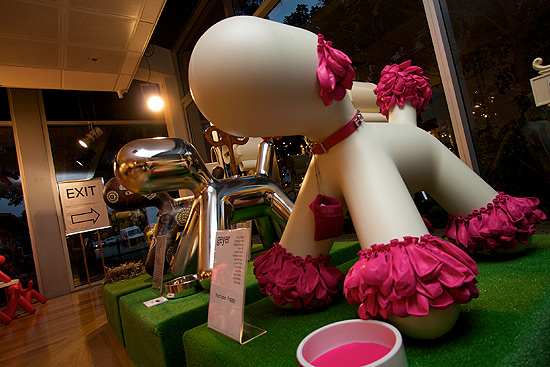
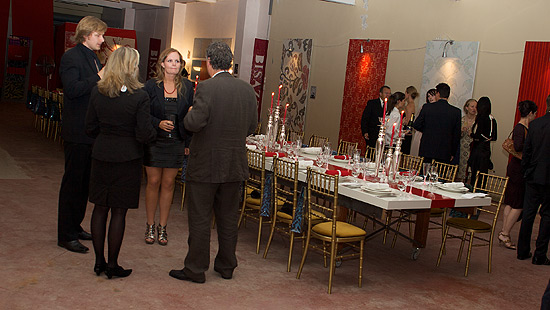














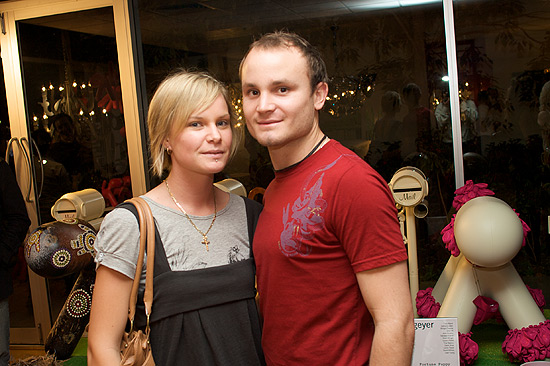




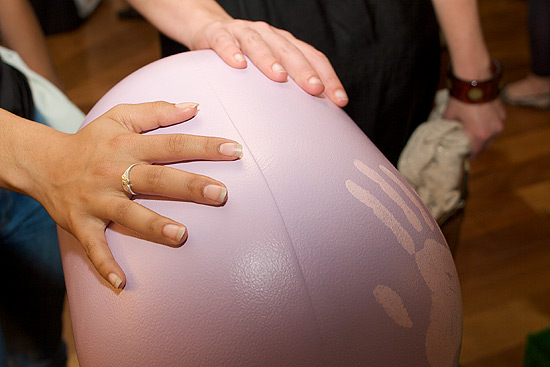













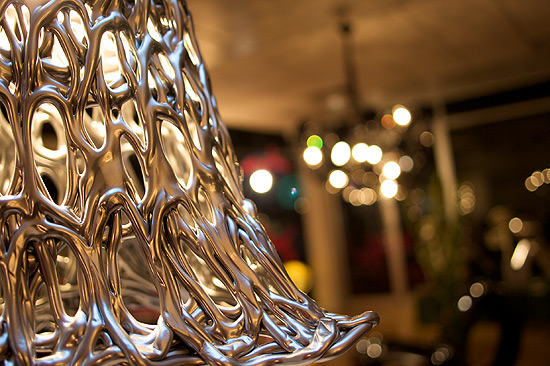













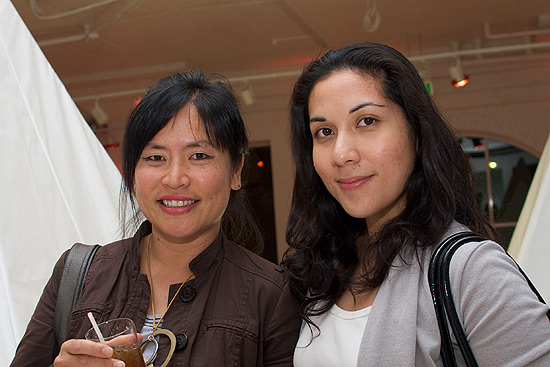










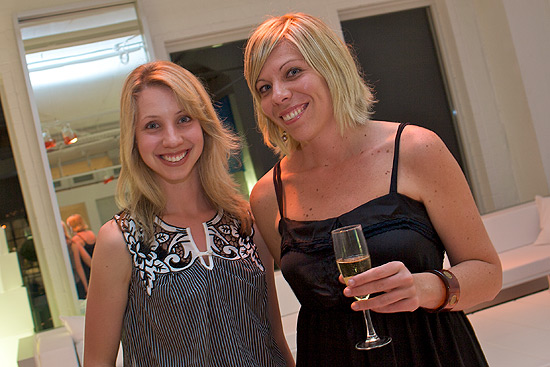

















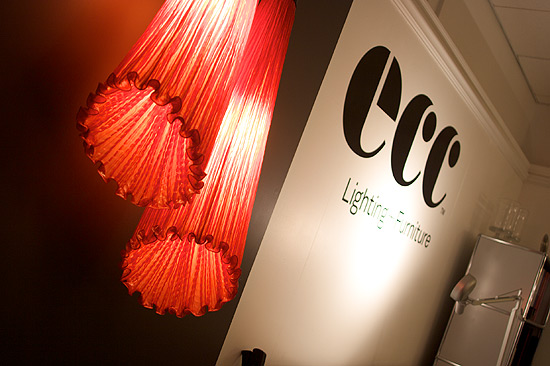



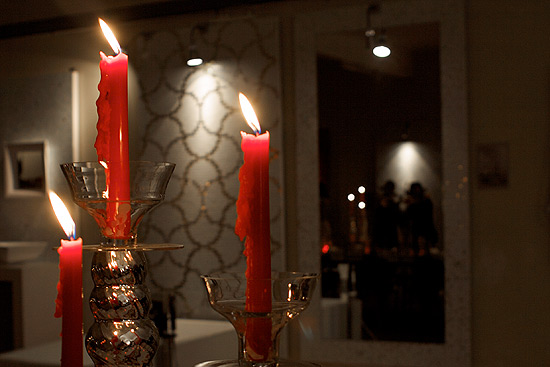



“We’re seeing a lot of focus and funding placed on the healthcare sector in Australia right now. Due to our expected population growth, the rate and change of communicable disease, and the changing nature of access to healthcare across the country, design is (and will continue) to be one of our most important avenues to improving our community’s physical and psychological health – but also our social and economic health, too”.
Panel:
Lisa Biddiscombe – Director / Senior Interior Designer, The Peppermint Room
Vanessa Brady – Executive Director, Health Investment Portfolio ACT Government
Amanda Elderkin – Interior Designer, HSPC Health Architects
Moderated by Alex Sloan – Journalist and Radio Broadcaster
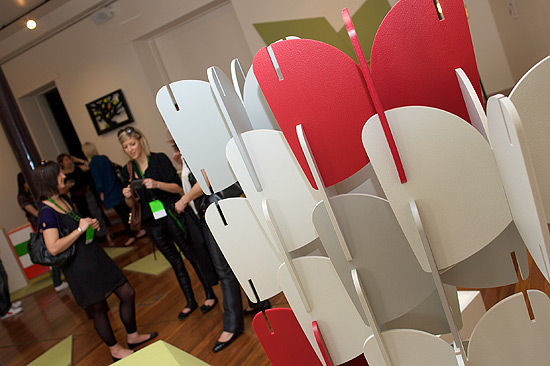












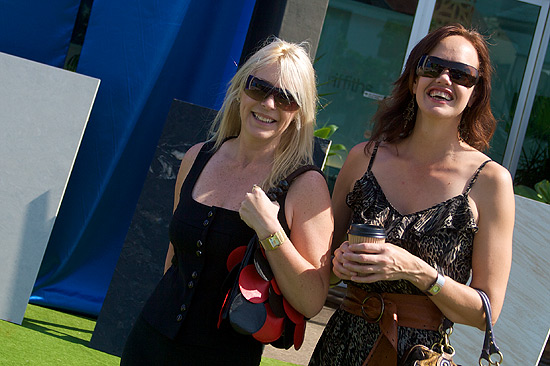



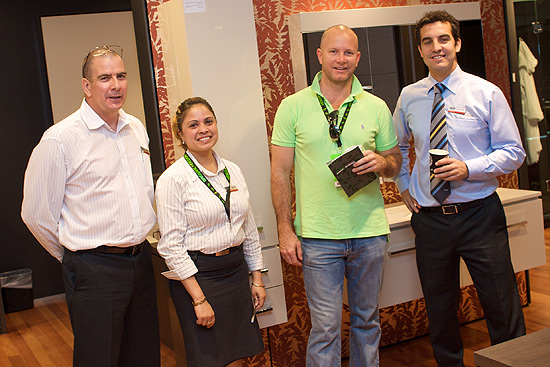

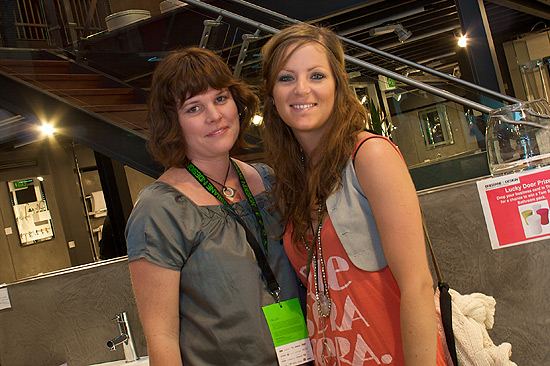




























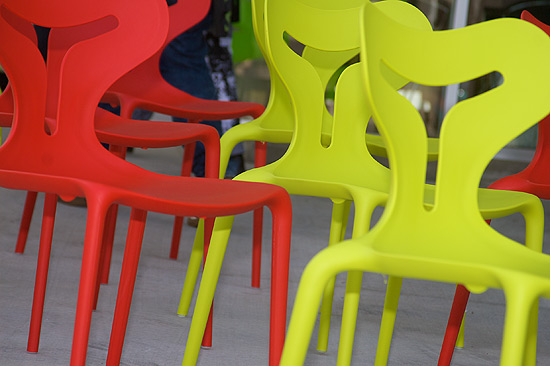


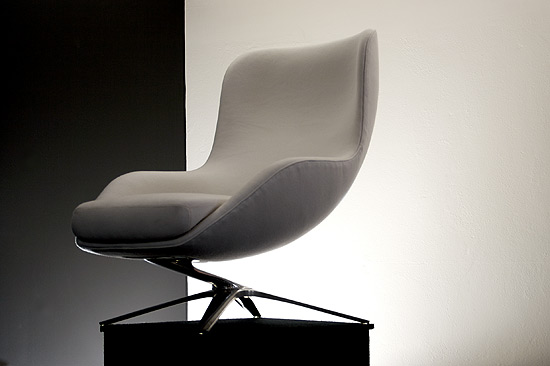
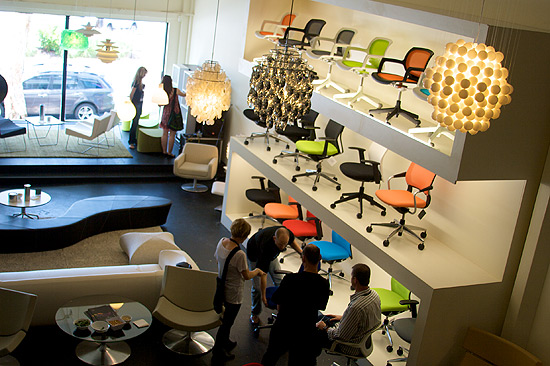

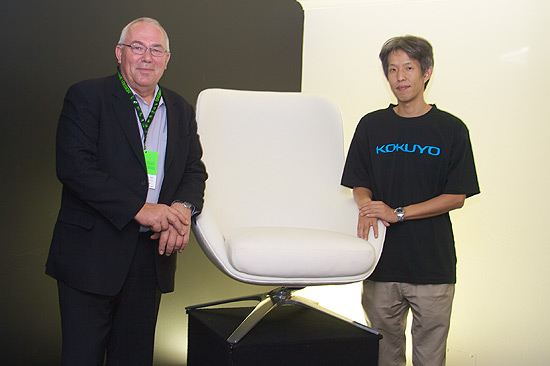





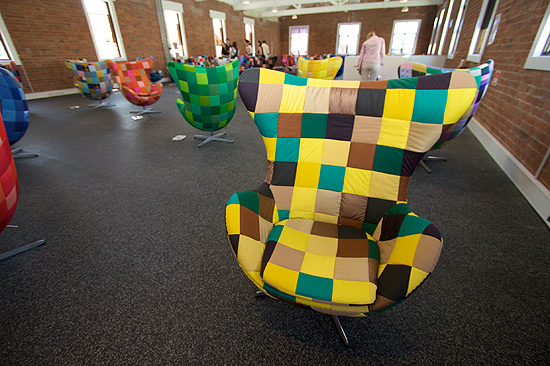







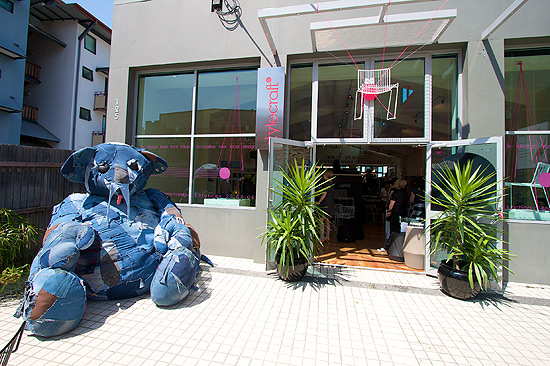



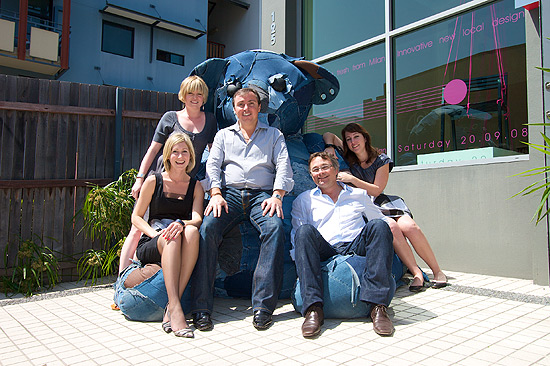

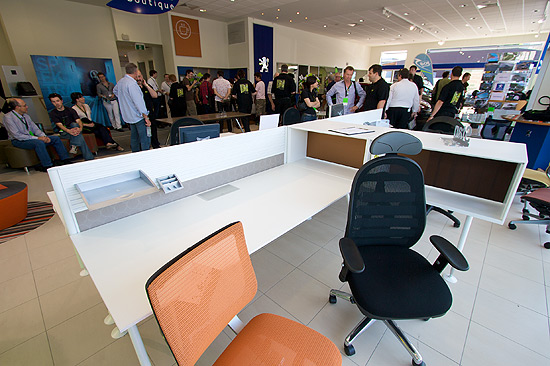
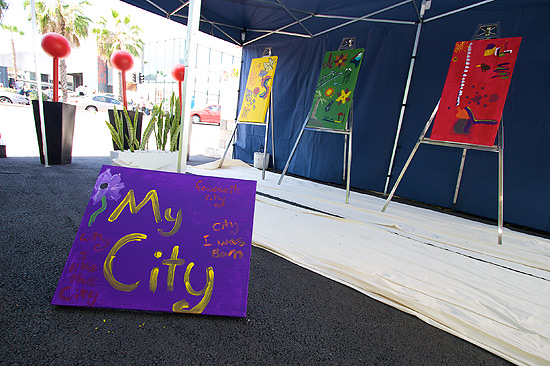

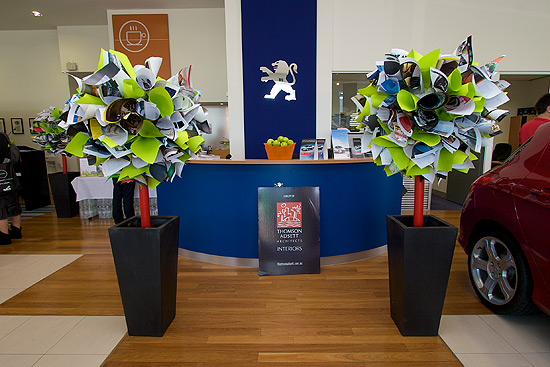


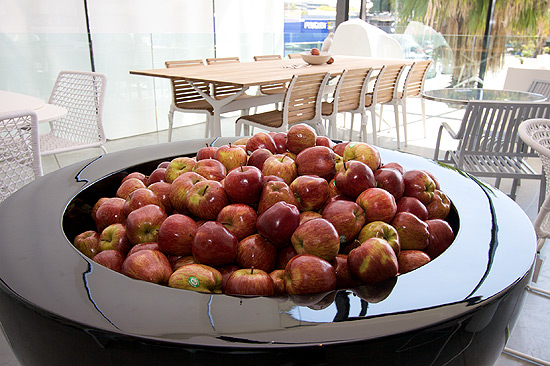






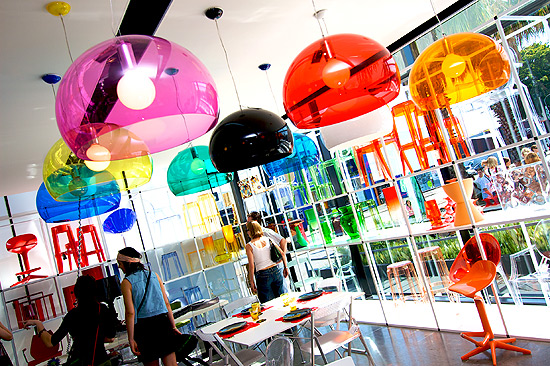






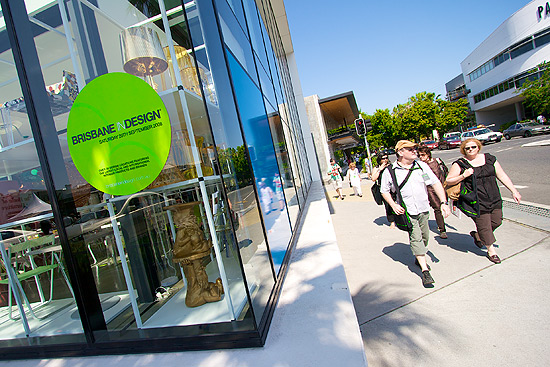
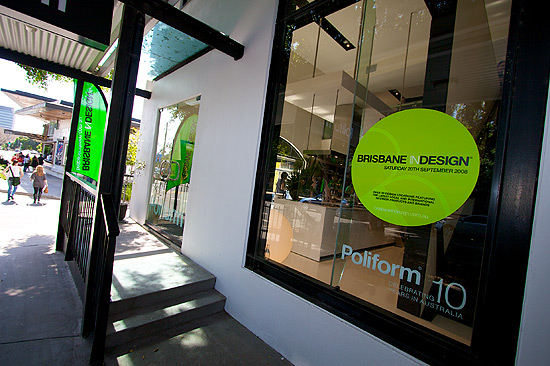



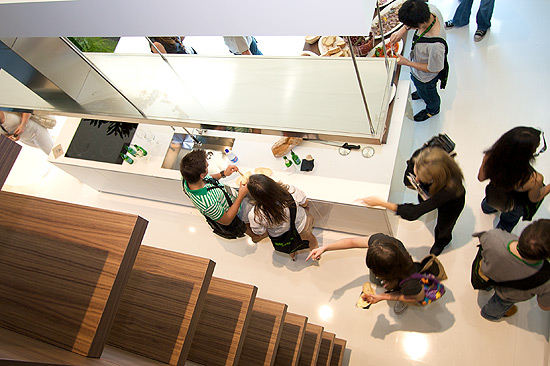
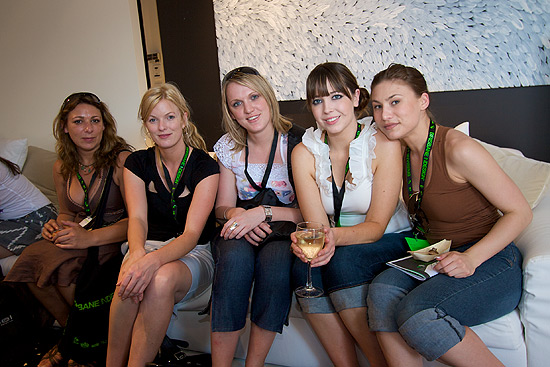










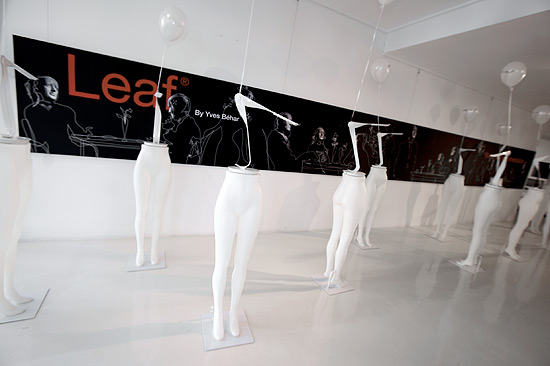



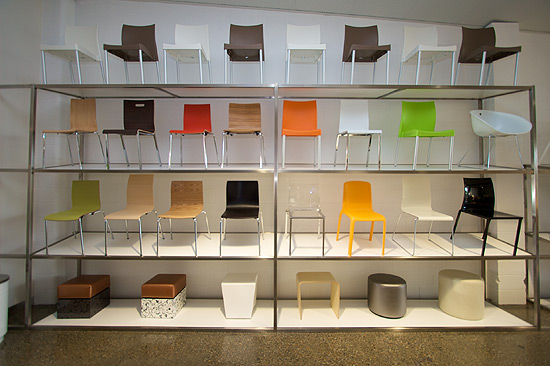







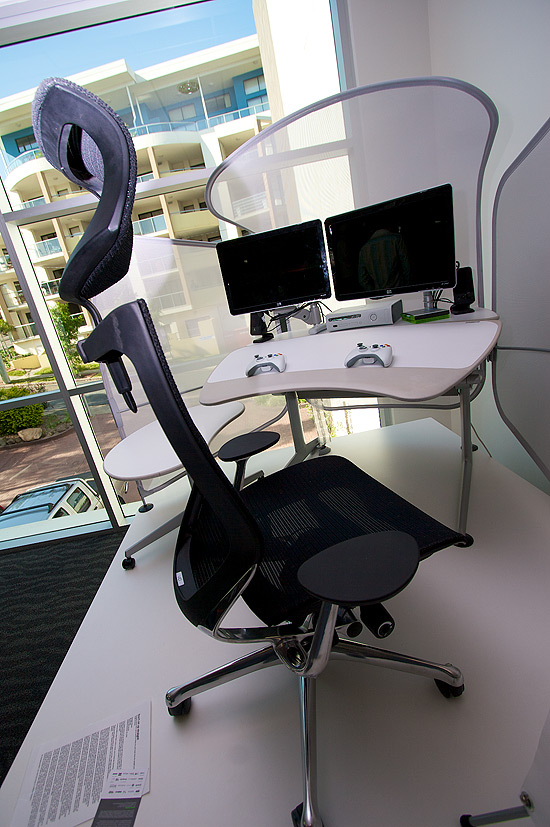
















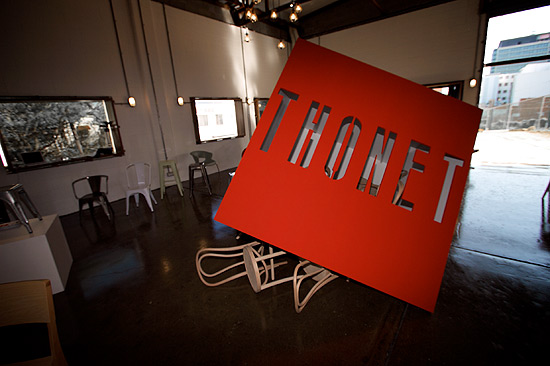


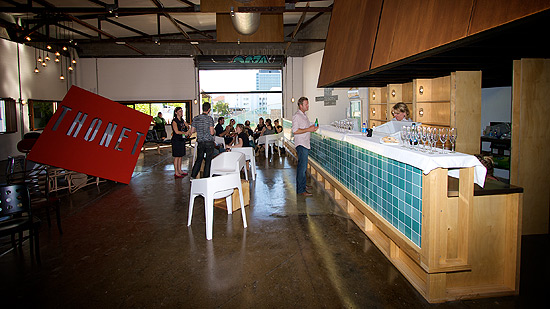






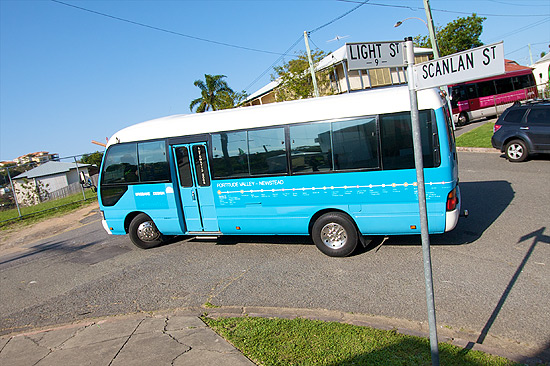





















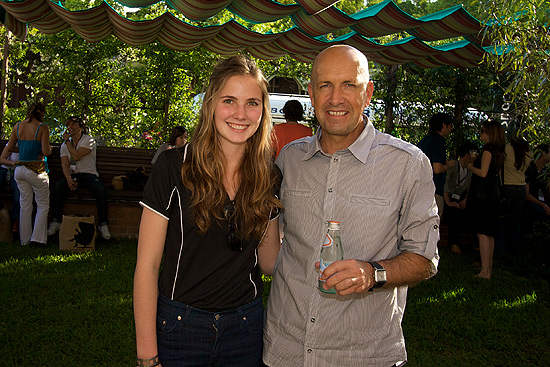











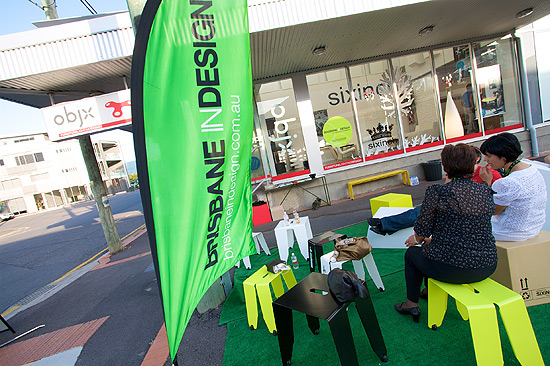




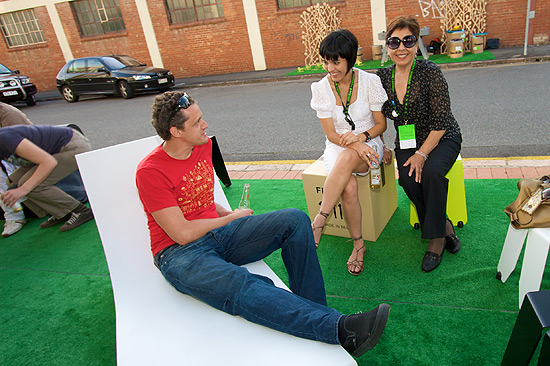
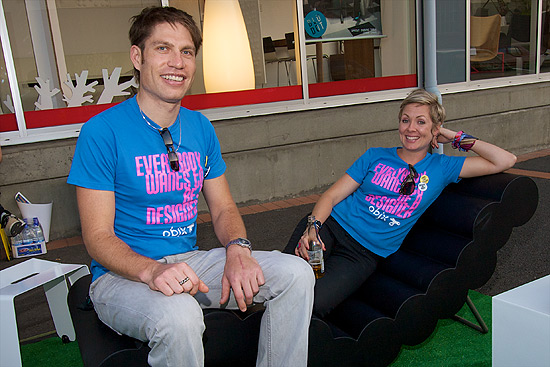
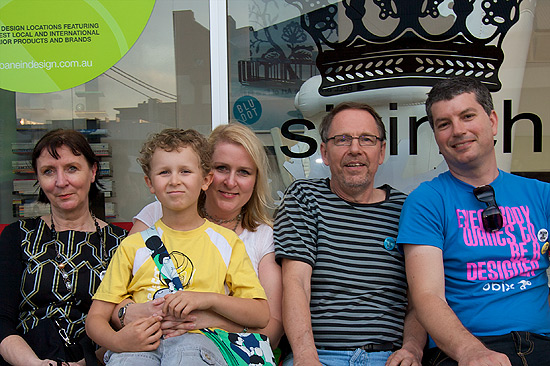















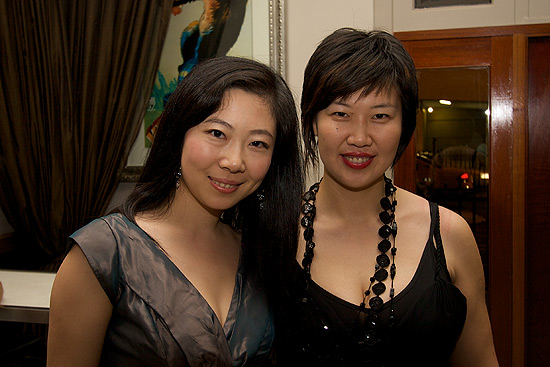
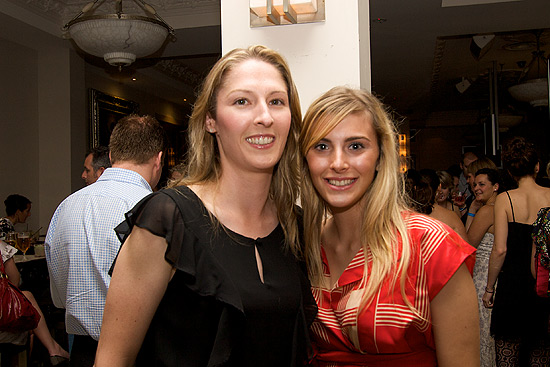


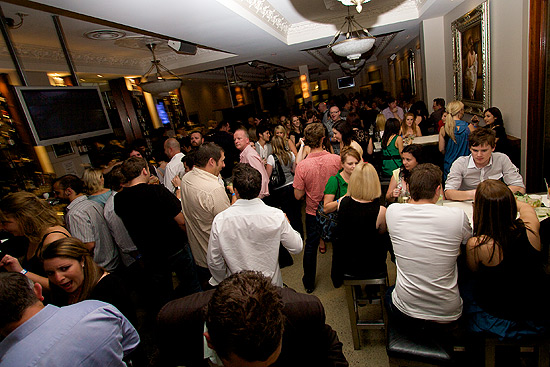



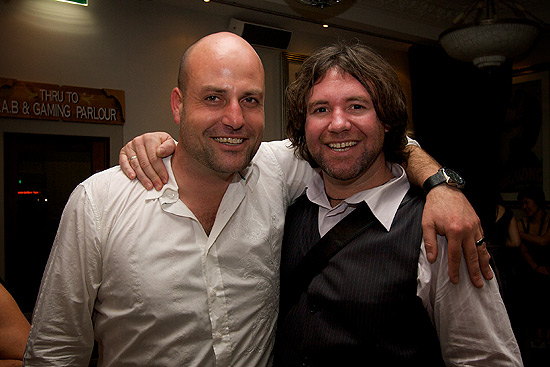





“I am always interested by the question of design creativity in healthcare environments. Such questions establish important boundaries and grey-areas afflicting the entire spectrum of our professional practice. Not only questions surrounding where creativity places in the design process as a whole, but questions specific for the healthcare world. Is there a space for creativity in designing health environments, or does it take a back seat to science and hard facts? The jury appears to still be out on that one. But all of us here know just how central creativity is to health; our task is simply to devise ways to suffuse the health-potential of creativity en masse”.
Panel:
Ron Bridgefoot – Principal, Hames Sharley
Wade Sutton – Owner, Sutton Consultants
Jennifer Gilmore – Managing Director, Gilmore Interior Design
Moderated by Sophia Watson – Editor, Indesign



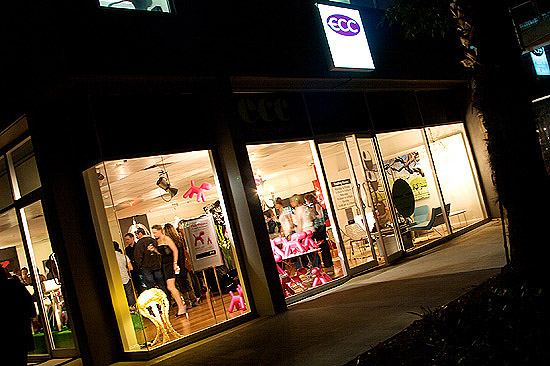
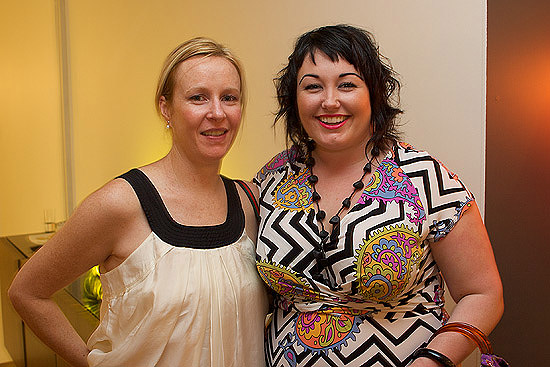






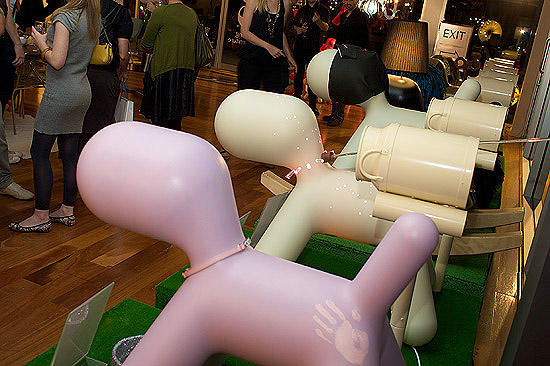

















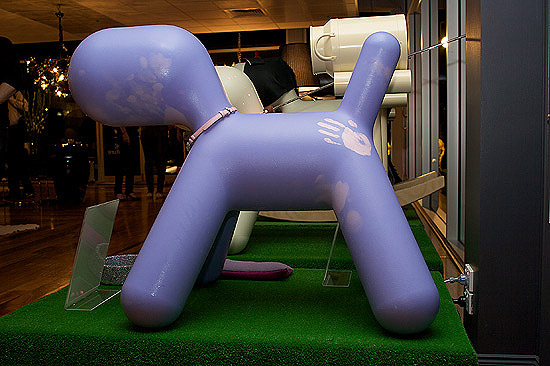







“Just like our profession, the processes, standards and roles of the healthcare sector are constantly being redefined and shaped alongside advanced technology. These environments necessarily have to be flexible and adaptive to withstand and accommodate medical improvements. Designing a future-proofed medical facility, as an example, sounds like a paradox. But they’re questions that designers and architects are asking themselves everyday so that such spaces can always equal the forward-thinking and innovation at the heart of medical progress”.
Panel:
Harm Hollander – Principal, Conrad Gargett
Megan Reading – Principal, Hassell
Helen Ma – Associate / Brisbane Health Sector Leader, Woods Bagot
Moderated by Angela Spillane – Practice Director, Arkhefield
.jpg)
.jpg)
INDESIGN is on instagram
Follow @indesignlive
A searchable and comprehensive guide for specifying leading products and their suppliers
Keep up to date with the latest and greatest from our industry BFF's!

Within the intimate confines of compact living, where space is at a premium, efficiency is critical and dining out often trumps home cooking, Gaggenau’s 400 Series Culinary Drawer proves that limited space can, in fact, unlock unlimited culinary possibilities.

Schneider Electric’s new range are making bulky outlets a thing of the past with the new UNICA X collection.

BLANCOCULINA-S II Sensor promotes water efficiency and reduces waste, representing a leap forward in faucet technology.

In this candid interview, the culinary mastermind behind Singapore’s Nouri and Appetite talks about food as an act of human connection that transcends borders and accolades, the crucial role of technology in preserving its unifying power, and finding a kindred spirit in Gaggenau’s reverence for tradition and relentless pursuit of innovation.

Healthcare design expert Tracy Lord joins us on the Stories Indesign podcast to discuss her varied inspiration and the need for nuance in her sector.

Davenport Campbell’s Anneke Alberto and Kathryn Marshall comment on the fallacy of ‘the average man’ in workplace design.
The internet never sleeps! Here's the stuff you might have missed
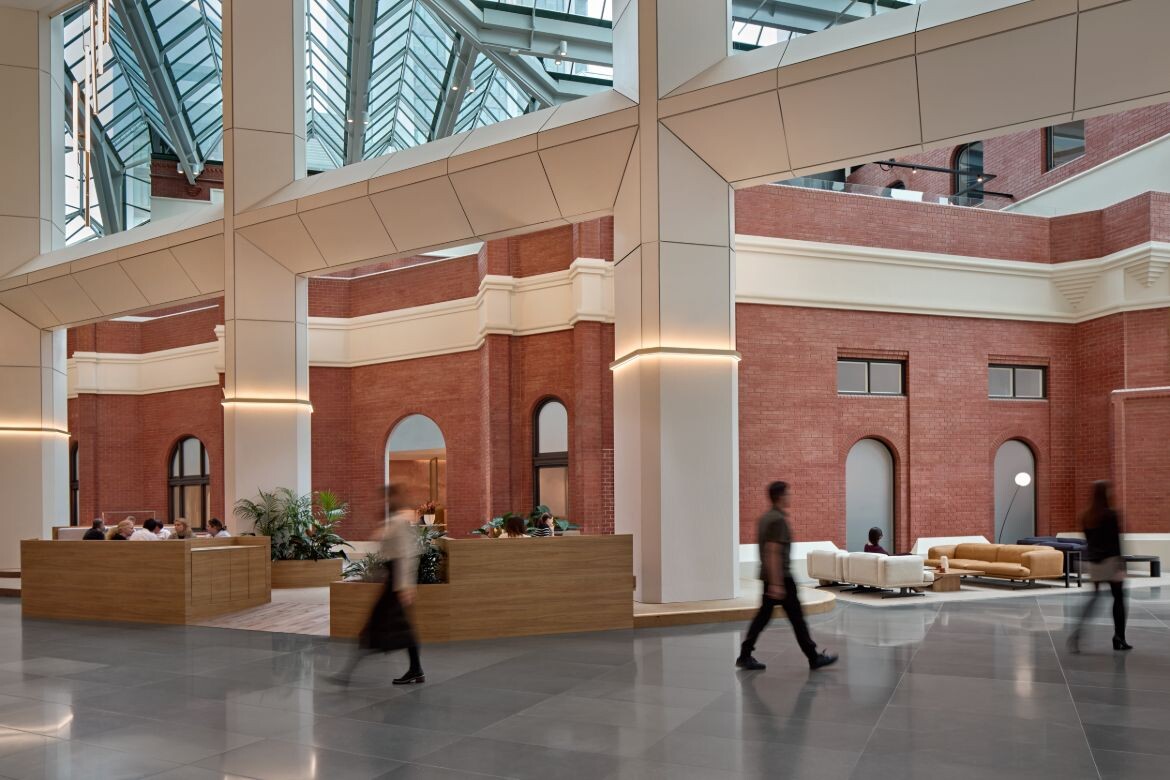
Woods Bagot has completed a lobby refurbishment inspired by the historic architecture of the Palace Hotel.

Wendelbo stands as an example of a family-operated business that has profitably adapted to the modern world without losing sight of its values.